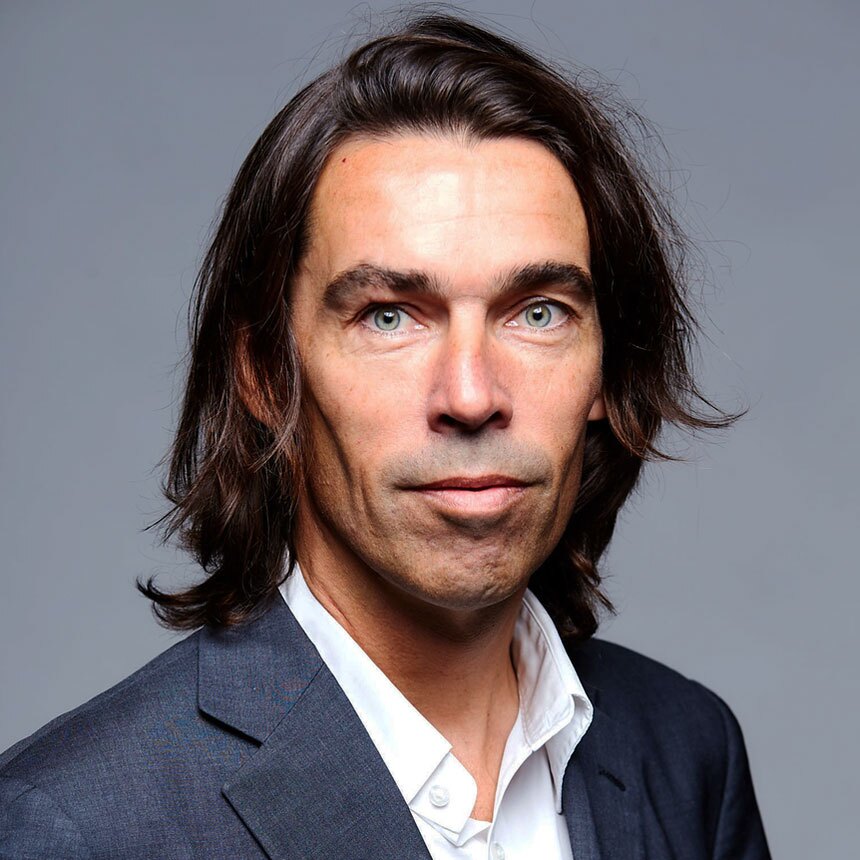Hilton executives expect big performance out of 2022 as a whole, thanks to higher-than-anticipated business travel demand and still-robust leisure travel demand in the second quarter, plus more group business hitting the books.
The company raised its guidance for 2022 and expects revenue per available room to increase between 37% and 43% compared to last year, while delivering adjusted earnings before interest, taxes, depreciation and amortization of between 2.4 and 2.5 million.
And as for potential slowdowns caused by rising inflation around the world, threats from alternative accommodation suppliers and further COVID-19 waves, CEO and President Chris Nassetta said that while “there’s certainly a lot of uncertainty” in the world, he’s confident Hilton’s business model and the hotel industry as a whole won’t turn negative.
Pandemic-related slowdowns in China in particular dampened the company’s performance in Asia Pacific, but Nassetta expects that when domestic travel reopens in that country "business can boom in a big way.”
Airline-related travel interruptions in the second quarter due to cancellations and labor headaches didn’t create many issues for Hilton’s hotel business, nor has the rising popularity of alternative accommodations like Airbnb that have grown during the pandemic, Nassetta said.
“In a normal world, 60% of our business is fly-to and 40% is drive-to," he said. "In the second quarter, we think it was about two-thirds drive-to and one-third fly-to. It’s more regional and local business, but that works. While airlines are working their issues out, people are acting accordingly in terms of how they’re getting places, and we’re not seeing any impact.”
As for potential market-share pressure from companies like Airbnb, Nassetta told analysts on the company’s second-quarter earnings call that he sees “zero discernible impact from any Airbnb supply.”
Business-Transient and Group Bright Spots
The rebound of business-transient and group demand in the second quarter fueled the company’s optimism for the remainder of 2022, Nassetta said.
Business-transient demand improved throughout the quarter, driving weekday occupancy up six points from April to June, Nassetta said. Weekday revenue per available room was 95% of second-quarter 2019 levels and average daily rate exceeded prior peaks. In the U.S. specifically, business-transient RevPAR surpassed prior peak levels in June.
As for the types of companies driving business-transient recovery, Nassetta said it’s not necessarily all the “big corporate,” which are only back to about 80% of prior travel levels. It’s more the small and midsize businesses, which he called “quite robust.”
Based on what the company saw in the first half of the year, Nassetta said executives expect “business transient is going to be on a revenue basis equal to 2019 levels” in the back half of the year.
Group RevPAR portfolio-wide hit 85% of 2019 levels in the second quarter, and group business continues to book for the remainder of the year.
Company meetings in the U.S. in particular are driving that number.
“In the U.S., total group position is nearly at prior peak levels for the third quarter and exceeds prior peaks for the fourth quarter,” Nassetta said, while acknowledging that the group booking window is much shorter now.
Leisure’s Projected Lull
While leisure hotel demand dominated the second quarter and continues to be robust, Nassetta reminded analysts that typically leisure demand does slow down in the fall and the company expects that again this year.
But still, strong leisure continued throughout the second quarter.
“Weekend RevPAR was up approximately 14% compared to 2019 driven by robust rate gains,” Nassetta said. “In June, weekend ADR was up 20% versus prior peaks.”
And while the breakneck pace of leisure travel may slow a bit in the fall, Nassetta said he still projects leisure business to overall surpass pre-pandemic levels thanks to people’s still-strong desire to travel for fun and to incorporate work into bleisure trips.
For the quarter, the company’s systemwide comparable RevPAR hit $109.62, a 54.3% increase over to the second quarter of 2021 and was down 2.1% compared to the same quarter in 2019.
Systemwide occupancy in the quarter was 70.8%, or 12.3% higher than 2021. Average daily rate was $154.92, or 27.5% higher than the same quarter in 2021.
Development Highlights
Hilton opened more than 14,000 rooms globally in the quarter.
The company signed more than 23,000 rooms, bringing the global development pipeline to 413,000 rooms.
“With nearly half of our pipeline under construction, we remain on track to deliver approximately 5% net unit growth for the year,” he said, noting this should be the same for the next few years.
Global Highlights
Hilton Chief Financial Officer and President of Global Development Kevin Jacobs shared Hilton’s second-quarter highlights across global regions:
U.S.
- Comparable RevPAR grew 47% year over year and 1% versus 2019.
- Performance was driven by leisure and “significant recovery in business transient and group,” Jacobs said.
Americas excluding the U.S.
- Comparable RevPAR increased 140% year over year and nearly 5% versus 2019.
- Performance was driven by strong leisure demand, particularly at resorts.
Europe
- Comparable RevPAR increased 283% year over year and 1% versus 2019.
- Performance benefited from reduced travel restrictions and higher-than-expected international inbound arrivals.
Middle East and Africa
- Comparable RevPAR increased 68% year over year and 4% versus 2019.
- Robust domestic demand and strong international inbound travel from Europe and Asia Pacific bolstered performance.
Asia Pacific
- Comparable RevPAR decreased 5% year over year and decreased 39% versus 2019.
- Strict COVID-19 policies in China led to a 47% RevPAR decrease in that country compared to 2019.
- Demand recovered in China as restrictions eased, leading to June occupancy in China of 60%, six points shy of 2019 levels.
- RevPAR for Asia Pacific, minus China, improved 12 percentage points throughout the quarter.
At press time, Hilton’s stock was trading at $129.61 per share, down 17% year to date. The NYSE Composite Index was down 13.1% for the same period.
Editor’s note: Chris Nassetta serves on the board of directors of CoStar Group, Hotel News Now’s parent company.


